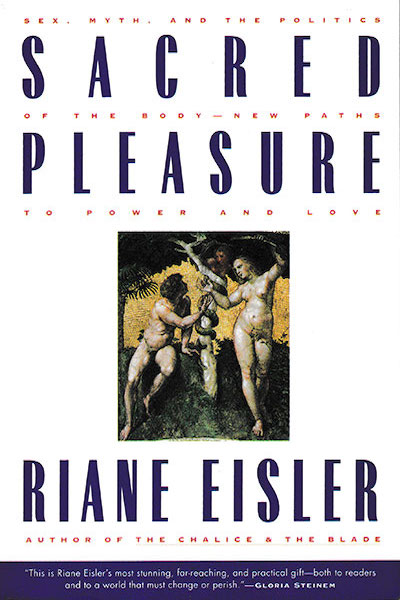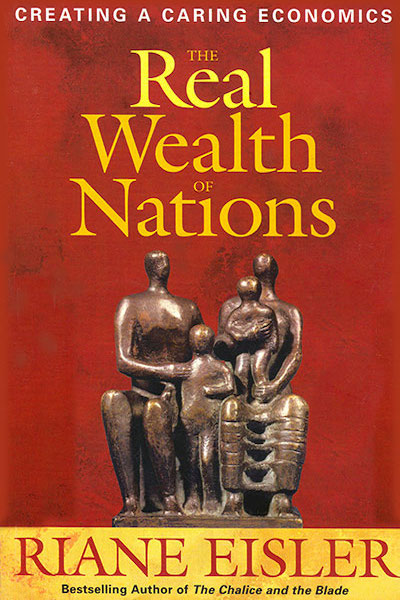“In this superb piece, Riane Eisler tries to untangle the limitations of both capitalism and socialism. There is no place for a caring economy in these models — no value given to caring for our trees or, as emphasized in this piece, our children. New models are needed, and the author presents the beginning of one. If economics moves in any direction, it should be this one.” – Jeff Madrick, Challenge Editor.
https://rianeeisler.com/wp-content/uploads/2021/10/Economics-as-if-Caring-Matters.pdf










